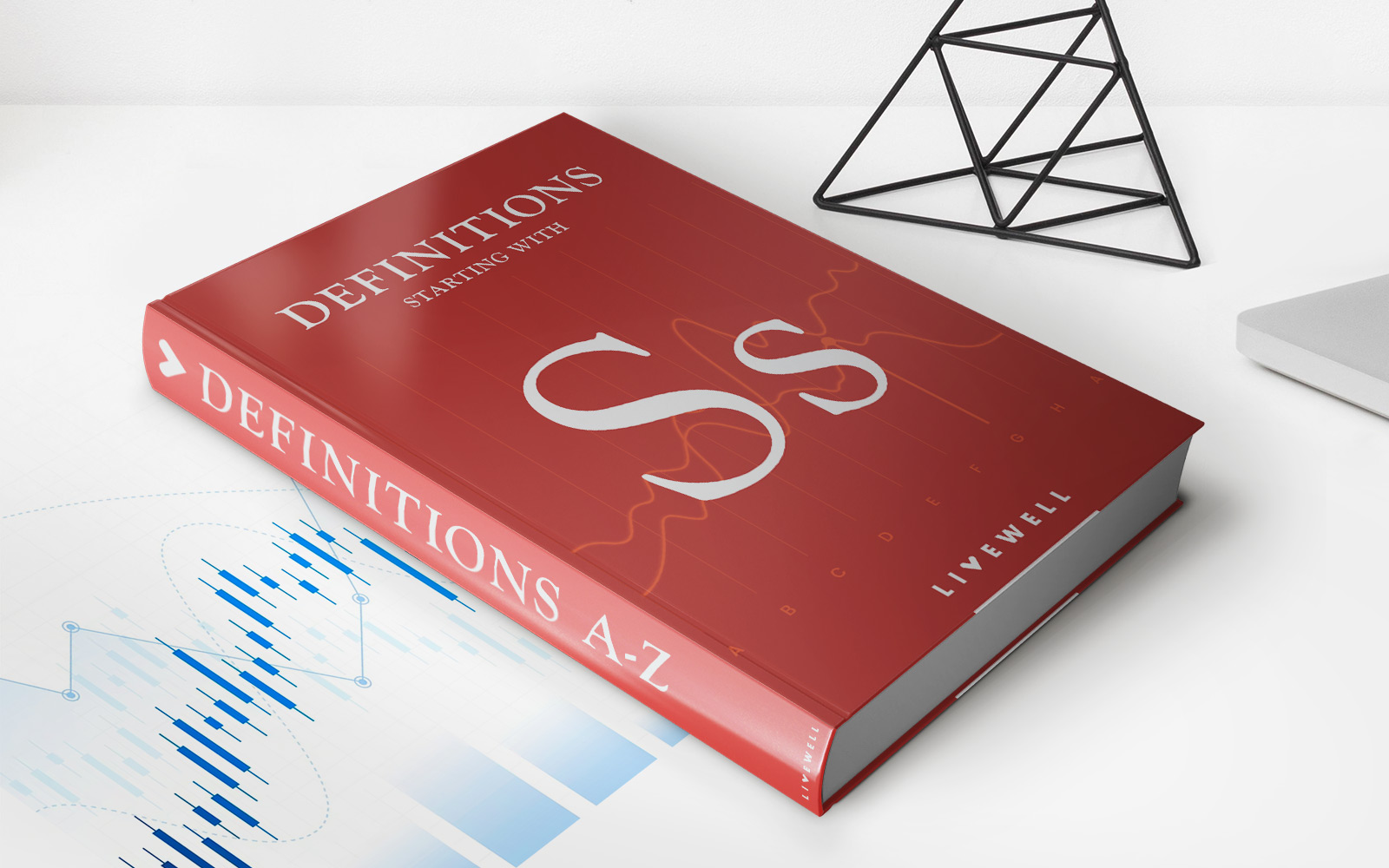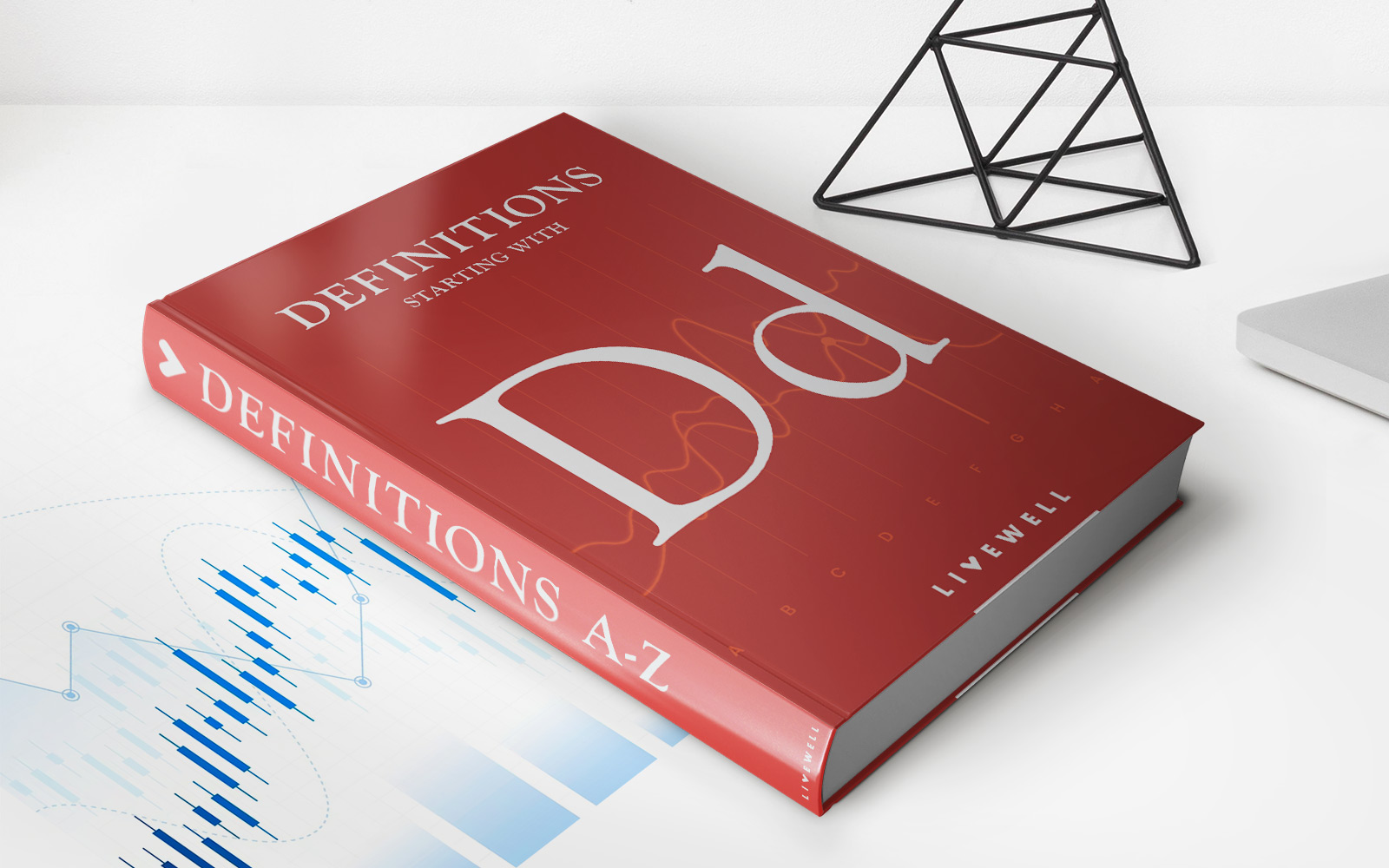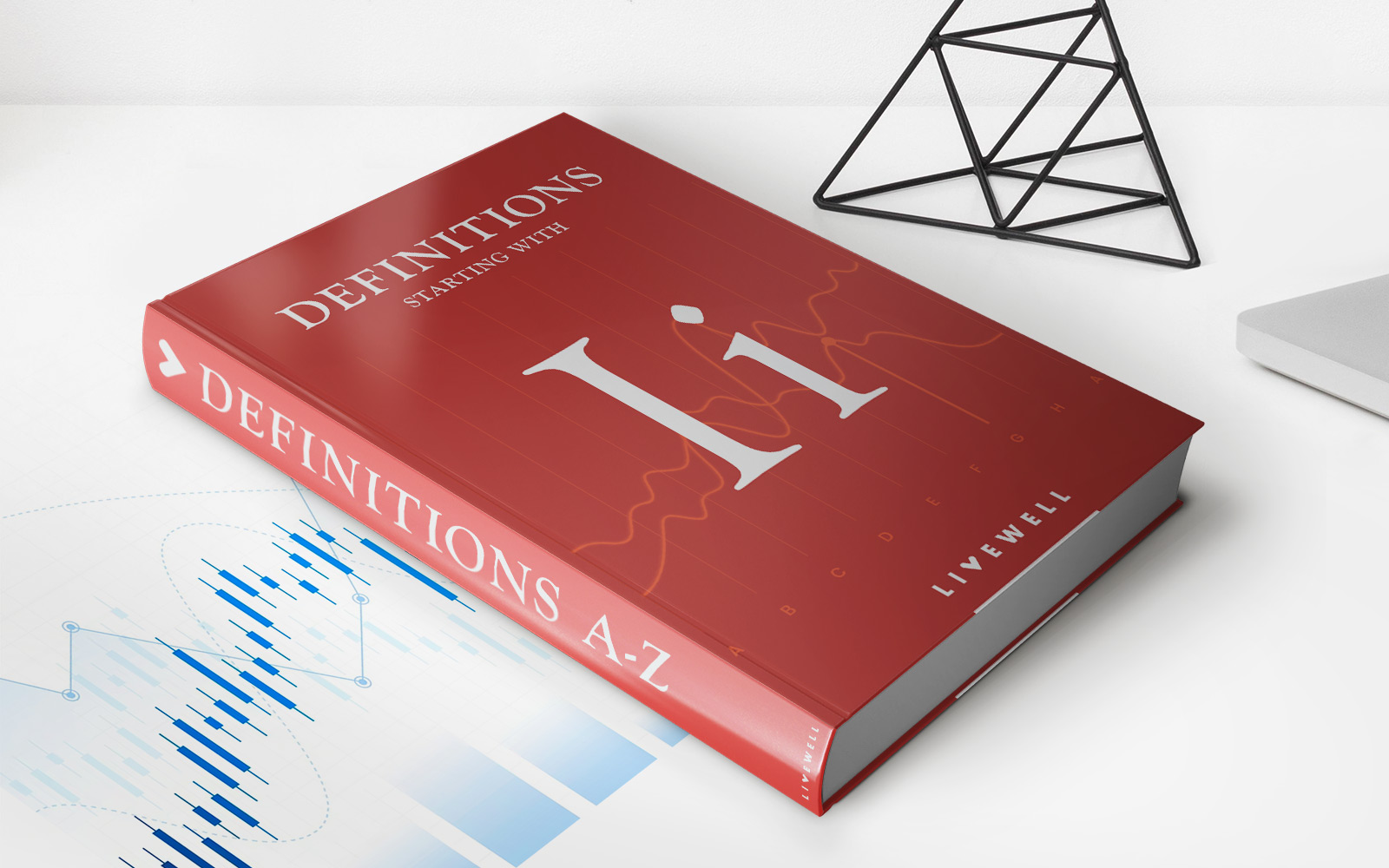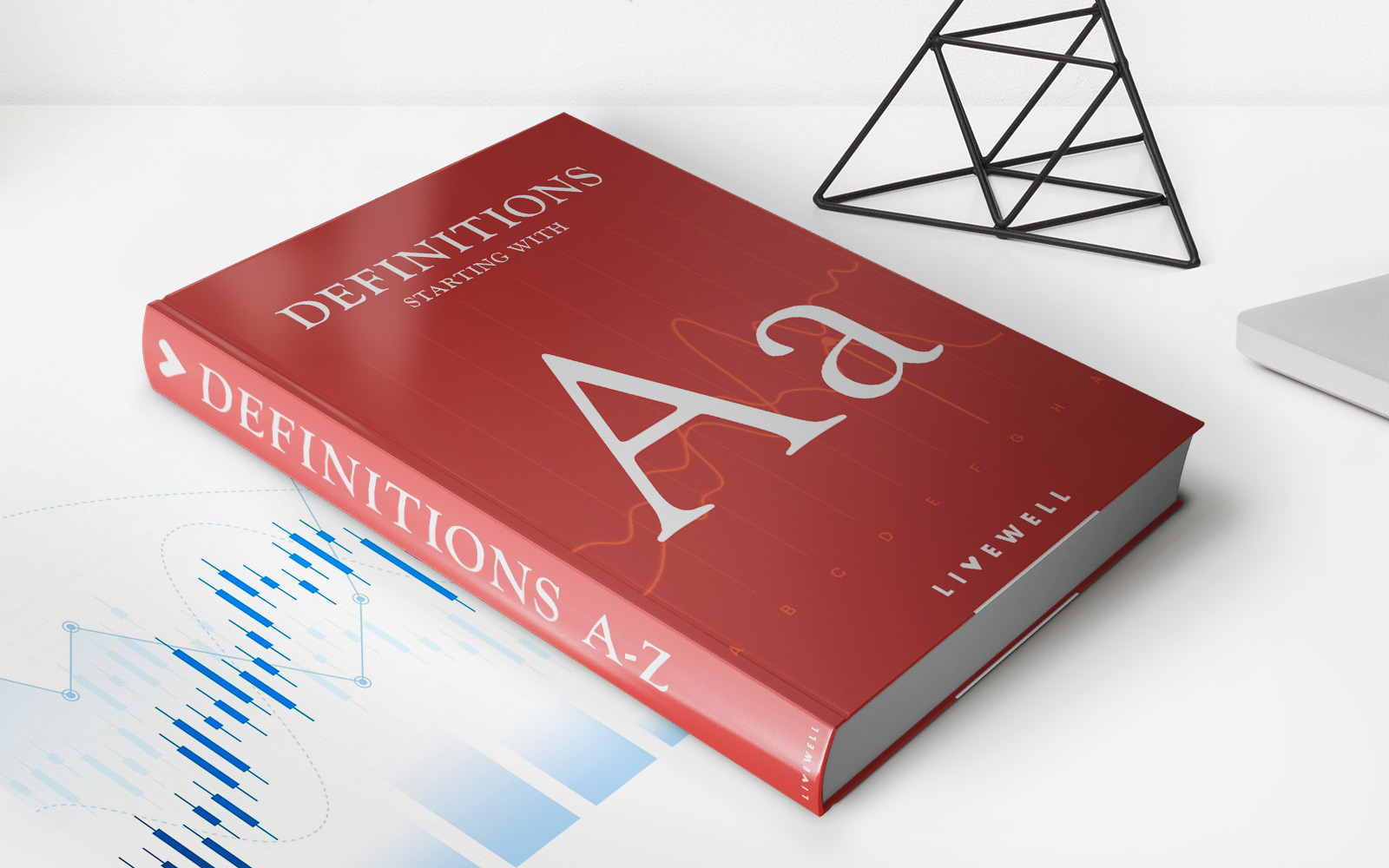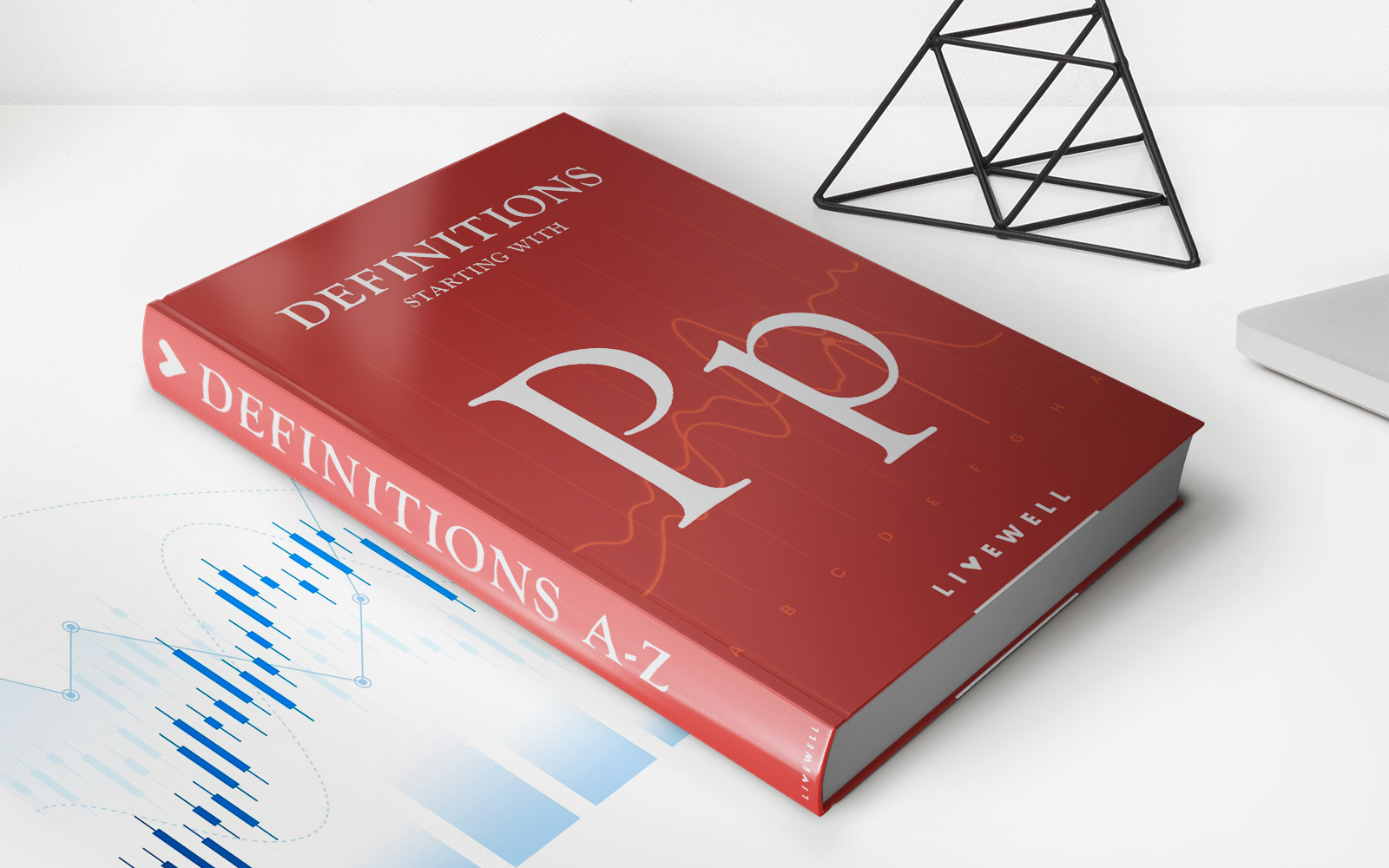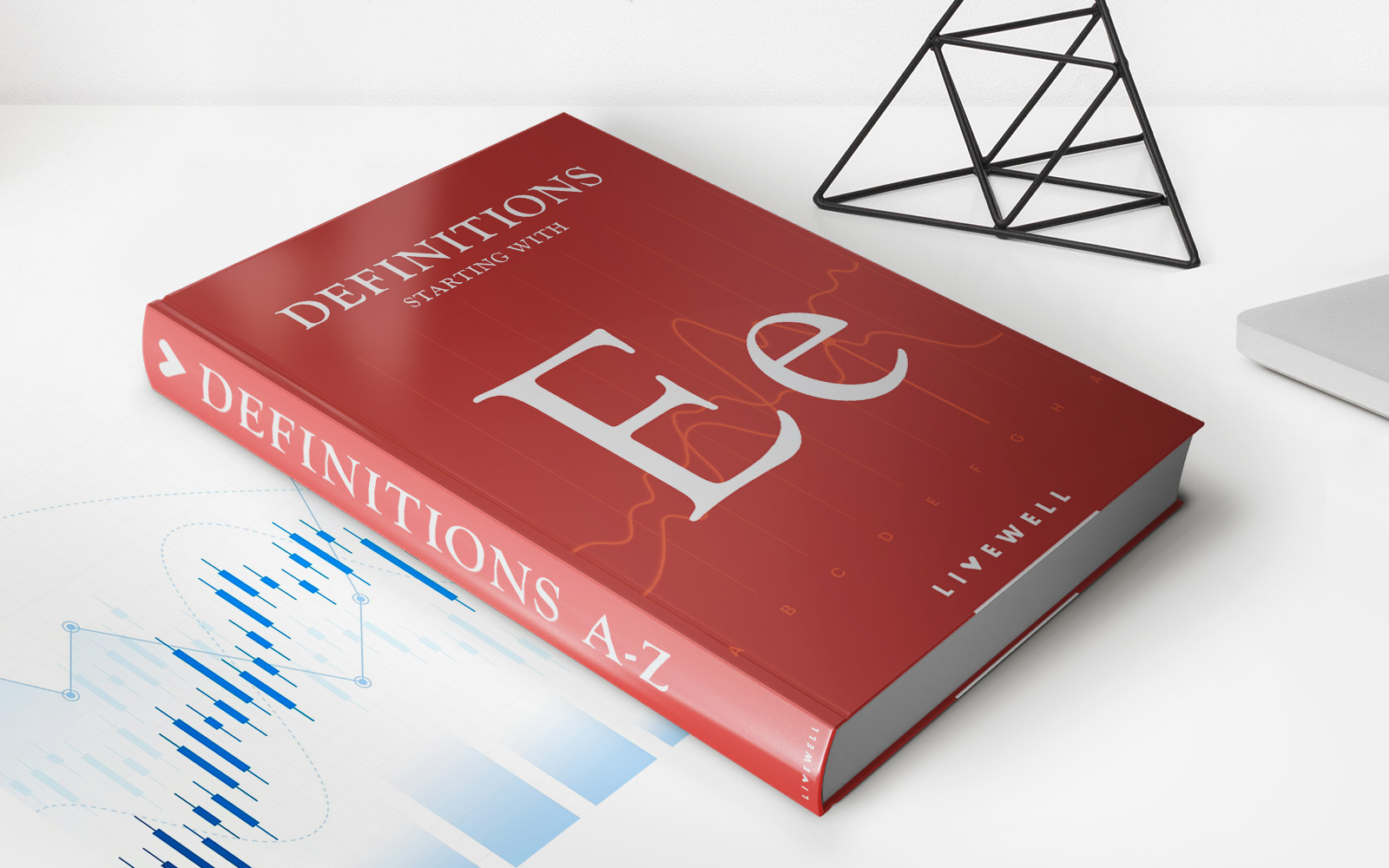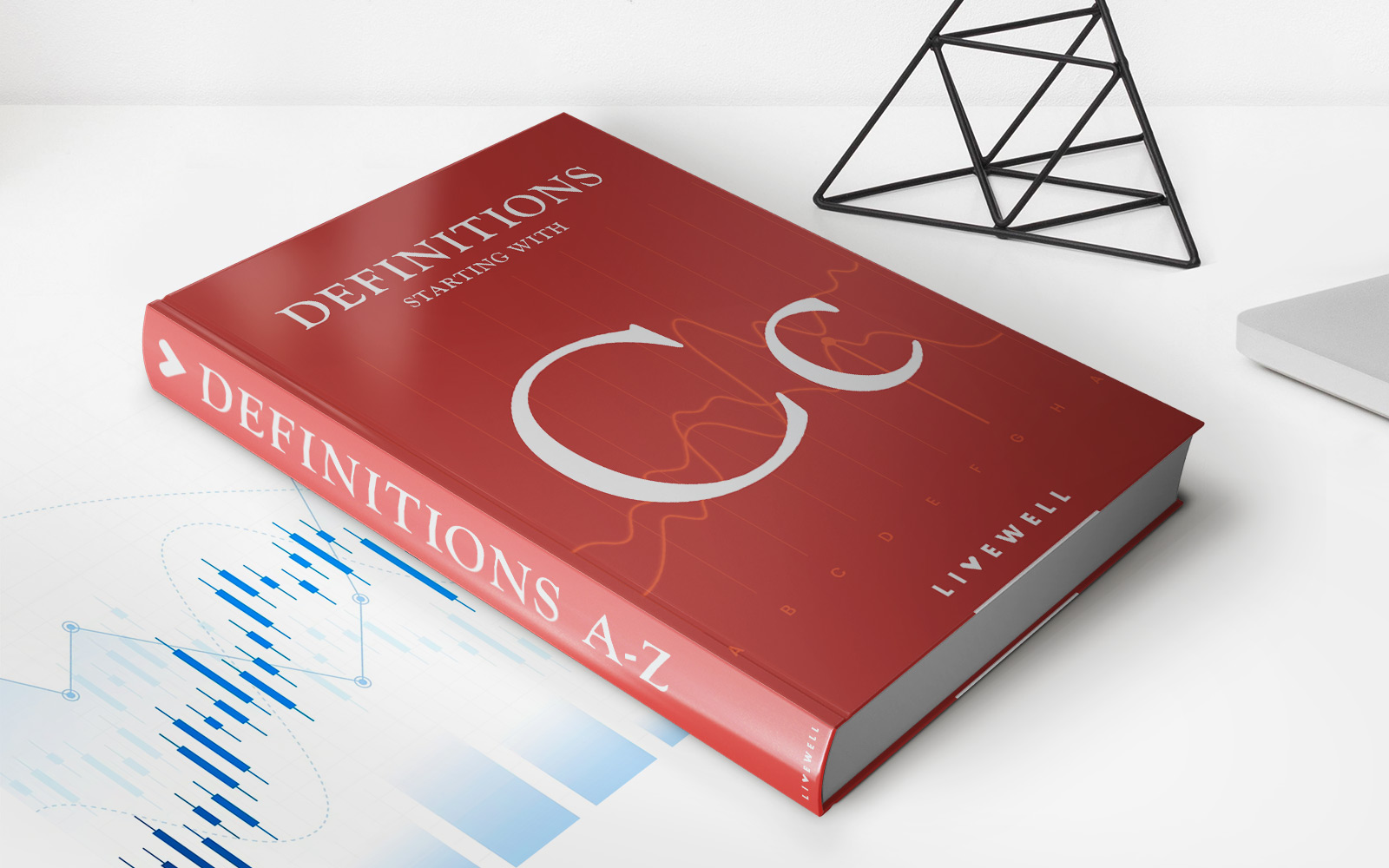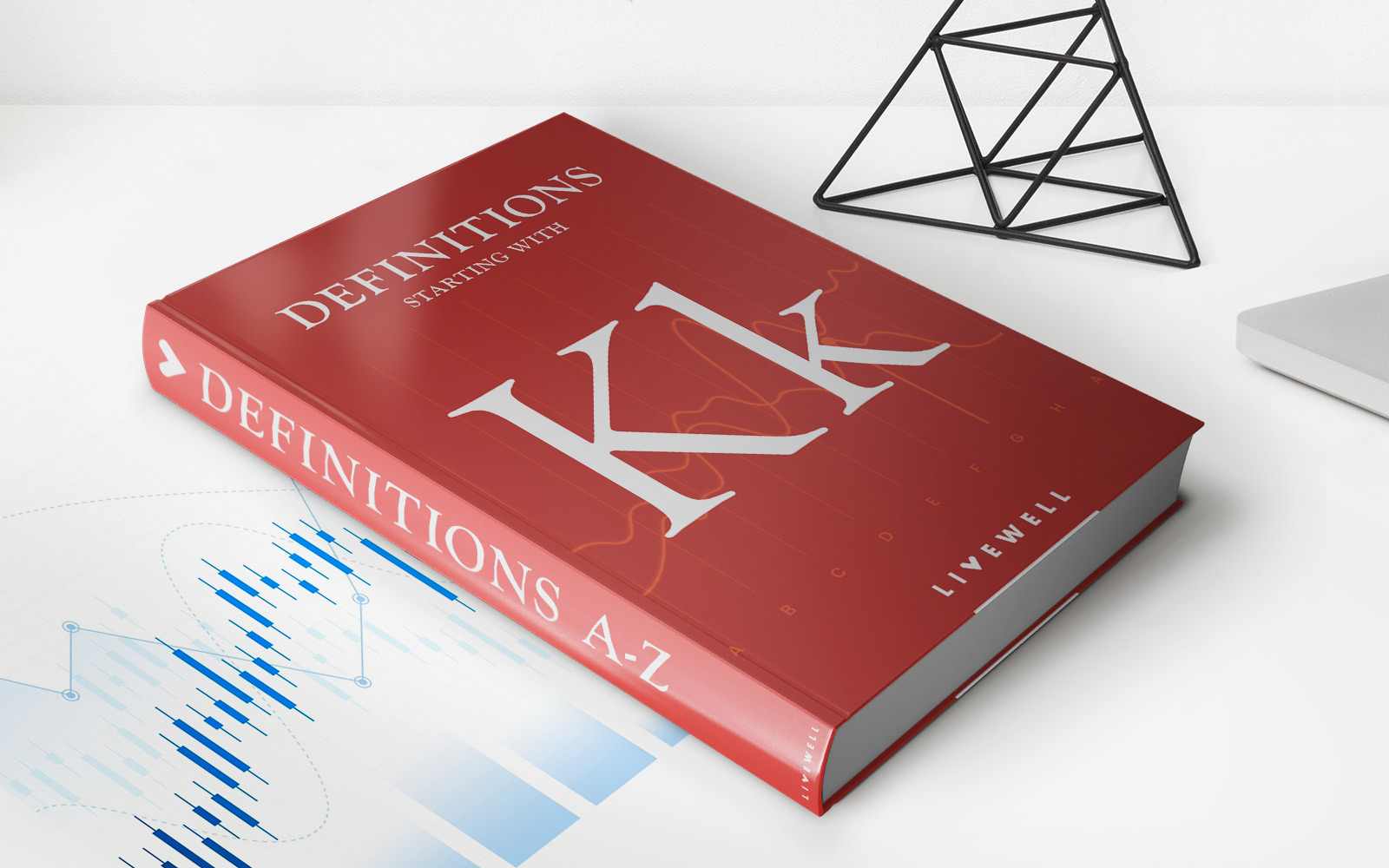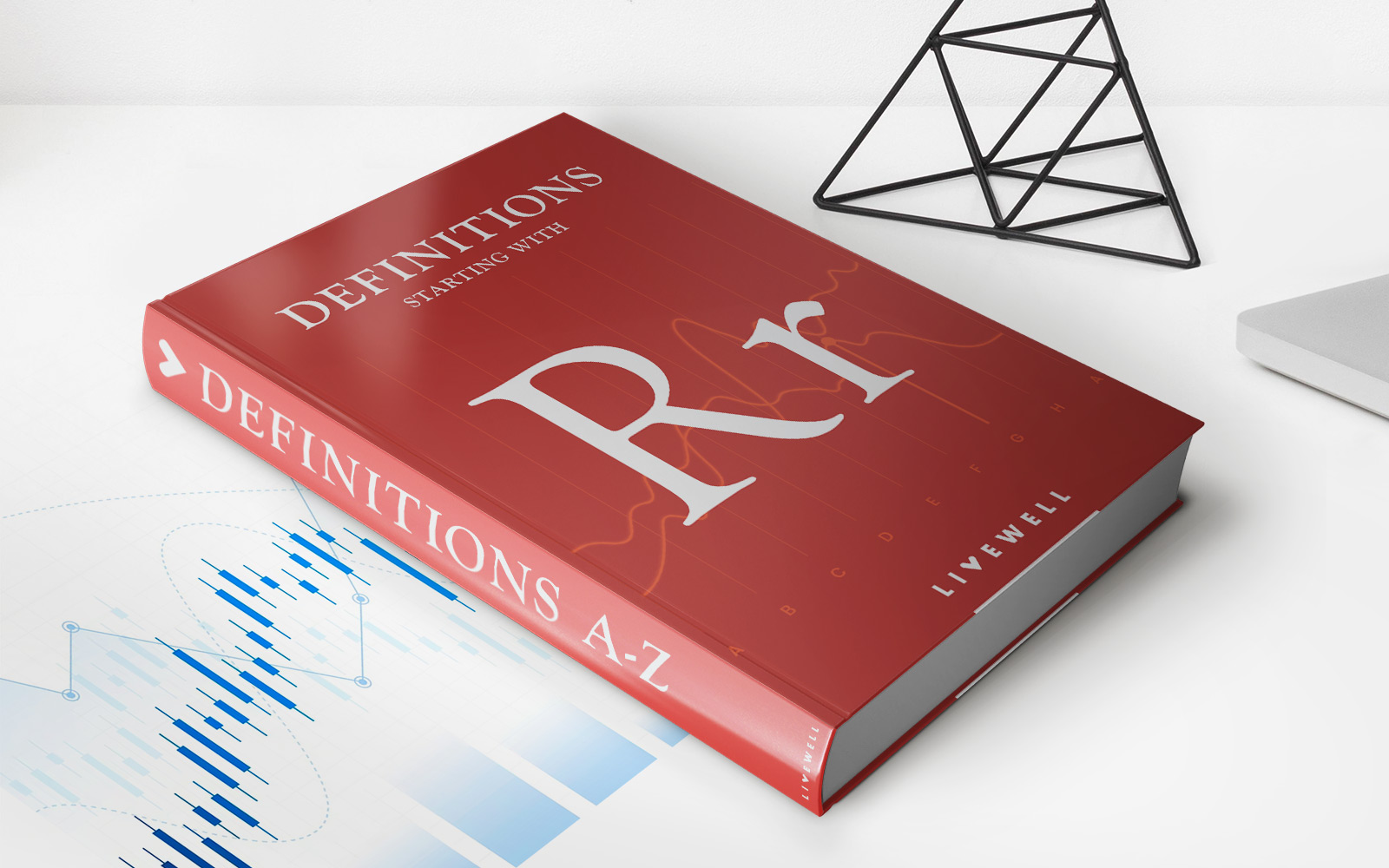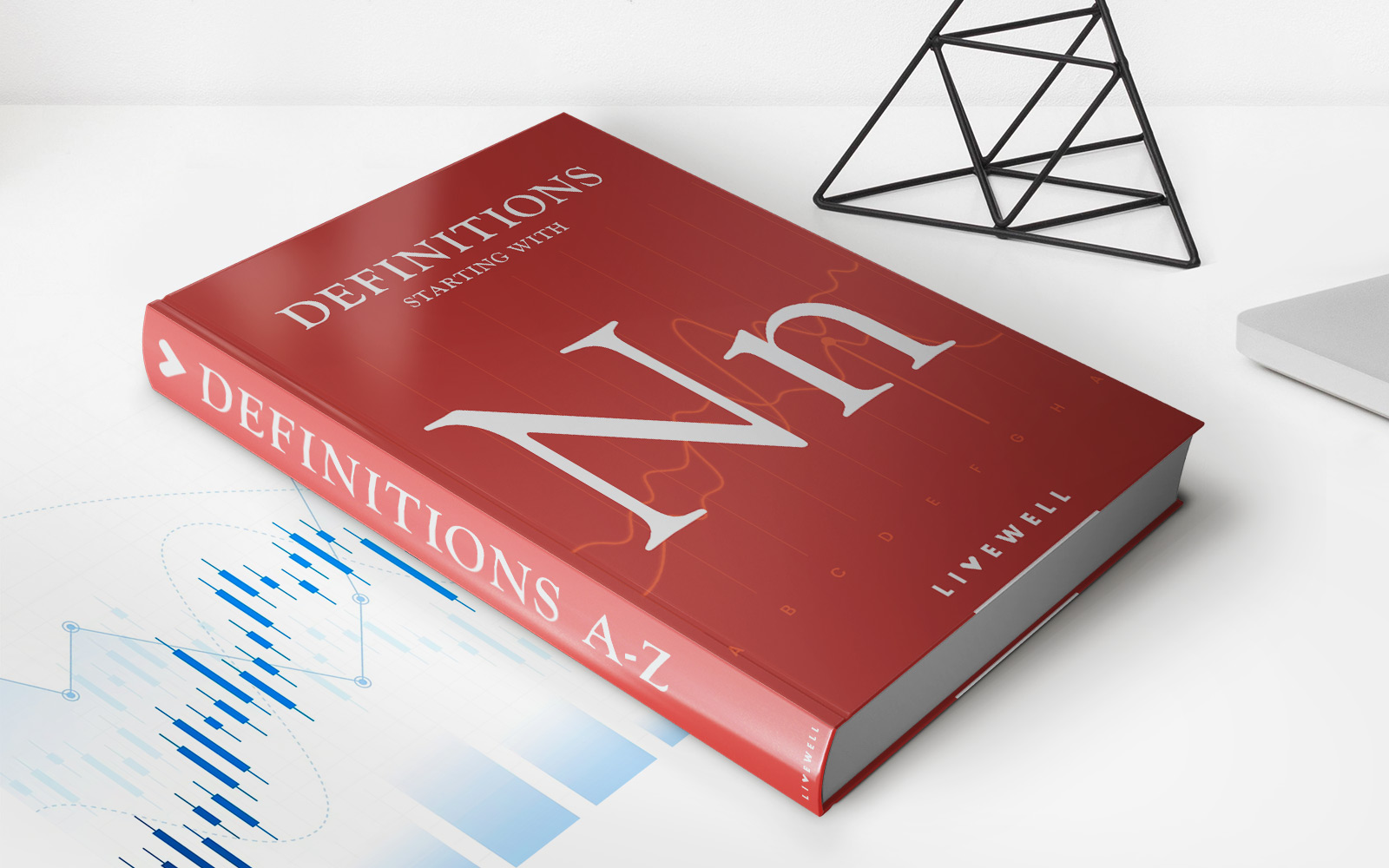Home>Finance>Blended Rate: Definition, Examples, Calculation Formula
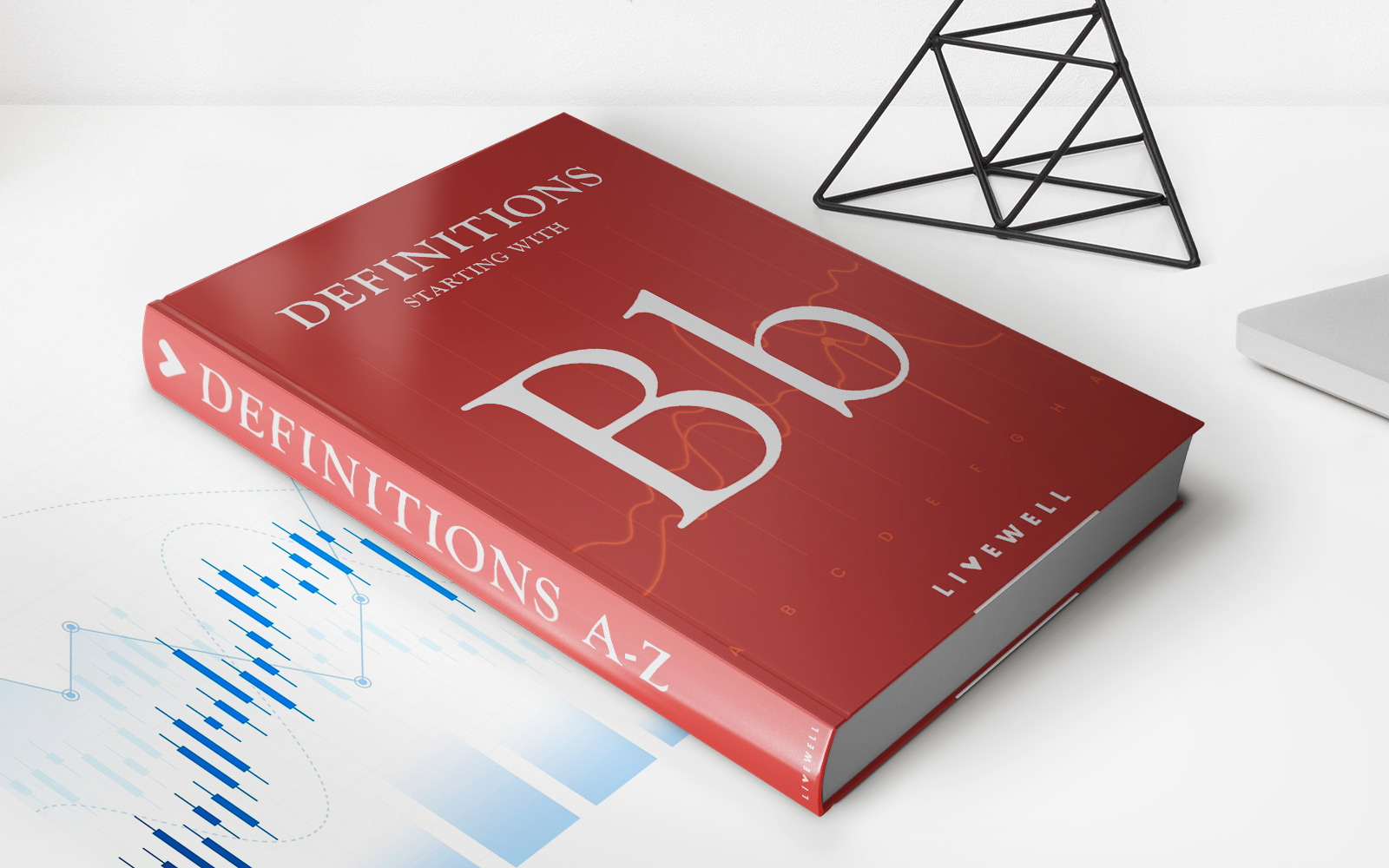

Finance
Blended Rate: Definition, Examples, Calculation Formula
Published: October 17, 2023
Learn the definition, examples, and calculation formula for blended rate in finance. Understand how it affects interest rates and loan repayments.
(Many of the links in this article redirect to a specific reviewed product. Your purchase of these products through affiliate links helps to generate commission for LiveWell, at no extra cost. Learn more)
Blended Rate: Definition, Examples, Calculation Formula
Gaining a firm understanding of financial concepts is essential for anyone looking to navigate the complex world of finance. One such concept is the blended rate, which is a method used to determine the average interest rate across multiple loans or investments. In this blog post, we will define what a blended rate is, provide examples of how it is used, and explain the calculation formula behind it.
Key Takeaways:
- A blended rate is the average interest rate across multiple loans or investments.
- Blended rates are commonly used for mortgage refinancing, credit card balance transfers, and investment portfolios.
Defining Blended Rate
The blended rate is a useful financial tool that helps individuals and businesses determine the average interest rate on their loans or investments. This method takes into account the different interest rates and amounts of each lending or investment opportunity to calculate an overall interest rate. By doing so, borrowers and investors can better understand their financial obligations and potential returns.
Examples
Blended rates are commonly used in various financial scenarios, including mortgage refinancing, credit card balance transfers, and investment portfolios. Let’s look at some examples:
- Mortgage Refinancing: When refinancing a mortgage, borrowers may have multiple loans with different interest rates and maturity dates. By calculating the blended rate, borrowers can determine the overall interest rate they will pay after consolidating their loans.
- Credit Card Balance Transfers: Individuals with high-interest credit card debt may consider transferring their balances to a new credit card with a lower introductory rate. By calculating the blended rate, borrowers can understand the average rate they will pay on their consolidated debt.
- Investment Portfolios: Investors often have diverse portfolios with various investment vehicles, each with its own interest rate or rate of return. By calculating the blended rate, investors can determine the overall performance of their portfolio.
Calculating Blended Rate
The calculation formula for blended rate involves weighing the interest rates of each individual loan or investment based on the proportion of its value to the total value. Here is the formula:
Blended Rate = (Interest Rate A x Amount A) + (Interest Rate B x Amount B) + … / (Total Amount A + Total Amount B + …)
It’s important to note that the blended rate calculation may vary depending on the specific scenario, such as compounding interest, different payment terms, or additional fees. Consulting with a financial advisor or utilizing online calculators can help ensure accurate calculations.
Conclusion
Understanding the blended rate is crucial for making informed financial decisions. Whether it’s refinancing a mortgage, consolidating credit card debt, or evaluating investment portfolios, knowing the average interest rate can provide clarity and help individuals and businesses plan for the future. By using the calculation formula and seeking professional guidance when necessary, you can navigate the complexities of blended rates with confidence.
